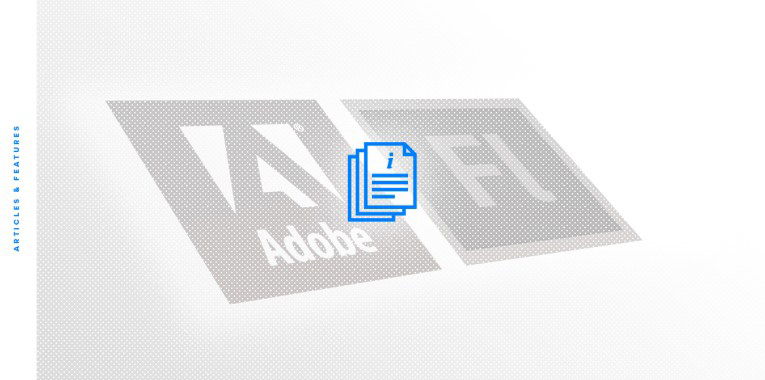
Why We Don't Recommend Flash
Whether it’s lost impressions, security vulnerabilities, or poor performance, you have your choice of reasons for avoiding Adobe Flash. But people still use it. Sometimes you’re working with an advertiser who needs Flash or you’re working with an ad format that requires Flash. Other times, Flash is the only way to do what you need.
It’s important to understand why, even though we’re coming up on seven years since Steve Jobs’ letter that helped jumpstart the anti-Flash movement, Flash remains a cornerstone of the web. It’s also important to know why we recommend avoiding it whenever you can. Consider this your guide to the state of Flash in 2017.
What is Flash?
Flash is an add-on (plugin, extension, etc.) for web browsers that adds extra functionality. For awhile there, Flash was the only way to do proper interactivity on the web. If you wanted to watch a video, listen to a song, play a game, or animate something, you had to use Flash. Any other method was either too resource-intensive or too obscure to be useful. There were drawbacks though, as Flash depended on the user installing a plugin and playing within its rules. At its height, Flash was on around 30% of the top visited websites, with some of them (such as YouTube) using it extensively.
Where Flash stands
Around 2010 Flash usage started to decline due to numerous reasons. One major blow against Flash was the release and mainstream adoption of HTML5.
HTML5 is the fifth version of HTML, the programming language that powers the internet. The fifth version added expansive support for interactive elements that did not require the heavy resources or third party support Flash did. Although even today there are still some things that only Flash can do, there was enough overlap with HTML5’s release for it to start replacing Flash. Even before HTML5’s final release in 2014, browsers had been adding support for various aspects of it, with Internet Explorer (usually the slowest browser to adopt new technologies) even adding partial support in 2011. But even before that there was talk about moving away from Flash.

Flash usage over past six years. Credit: w3techs.com
The Steve Jobs’ letter is still the best jumping off spot for the problems with Flash. It outlines all of its problems, and not much has changed 2010. First is security, which continues to be a thorn in Adobe’s side. Even as recently as last week Adobe was still patching vulnerabilities in Flash that could lead to some very serious problems. These vulnerabilities can lead to information theft, code injection, and, in the worst cases, complete control of the a user’s computer.
Second is performance, which continues to be an issue. Flash files can be huge, and as we moved from small CRT displays to higher and higher resolutions the resources needed continued to grow, making the Flash files bigger and take longer to download. It was one of the major reasons why Flash never made it to IOS and which lead to Android eventually dropping it, too.
For these reasons, and more, Flash usage continues to be on a slow, steady decline. Since 2010 (the year Steve Jobs’ letter was published) Flash usage has gone down 75%, with around 7% of the top 100 million websites currently using Flash. But that doesn’t mean that 7% of all browser traffic sees Flash. Which leads to problem three.
For the past few years, almost all major web browsers have blocked Flash, either by making you explicitly enable it or by pausing all Flash resources unless interacted with. Even if a website does have Flash on it, there’s a good chance most people aren’t interacting with it.
What to do about Flash
Despite Flash’s state, you’ll still occasionally receive Flash creatives from a partner or see Flash ads on sites. There’s even a couple ad standards (like VPAID) that have a Flash component to them. More often than not, there’s no getting around it, and you’ll have to work with Flash.
You can still talk to your partners about it. One thing you can do when working with an advertiser or creative agency is try to explain the short comings of Flash. This article is a handy start, and there are plenty more out there. There are also tools out there (like Google Web Designer) that allow you to make approximations of most Flash ads.
But in most cases you’ll still have to use Flash. That’s why AdButler still supports delivering Flash banners, even if we don’t recommend you use them. Flash is going to be around for awhile yet and we have no plans of discontinuing our Flash support.